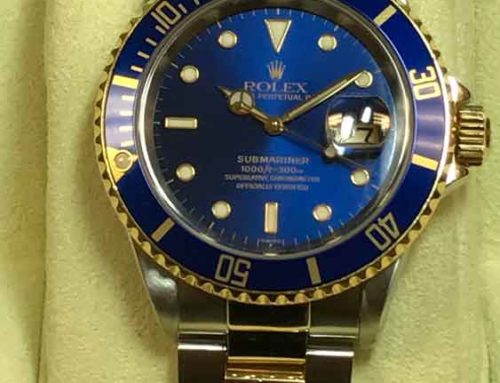How to Value and Sell Your Antique or Vintage Collectibles
How to Value and Sell Your Antique or Vintage Collectibles
Selling your antiques and vintage collections doesn’t need to be complicated. Here’s a quick guide on how to value and sell these items.
Keyword(s): Vintage Collectibles
Did you know that collecting antiques became popular back in approximately 1900? Since then, this has become one of the most popular pastimes across the world. However, not everybody understands the best way to sell their vintage collectibles.
When it comes to valuing and selling antiques and vintage collections, there are a few steps you can take to make the process easier. Whether you’re looking to get rid of one or two items, or you’ve got an entire collection that needs appraising, these tips will help you get started.
Let’s take a closer look.
Research Your Items
As you might guess, you should first take the time to research your items. Knowing what you have is one of the most important steps in properly valuing and selling antiques and vintage collections.
For example, learning about the creator, its age, where it was made, and other details will help you get an accurate appraisal. Additionally, researching comparable pieces can also help you determine a fair market value. Keep in mind that you may not be able to find information on the items you have easily.
This is especially true for obscure collectibles, such as limited-edition furniture that not many people know about. As long as you do your due diligence, you’ll be in good shape.
Get a Professional Appraisal
Consider getting professional appraisals.
For more valuable pieces, it’s often worth it to get an expert opinion from a certified appraiser. This will give you the most accurate assessment of your item’s true value. When searching for an appraiser, make sure they’re trustworthy and have a record of successful appraisals.
Ensure that they are the right fit for your specific item as well to achieve an accurate appraisal. Additionally, some museums, universities, and historical societies can provide appraisals, or you can use an online platform to get a valuation.
Getting a professional opinion is one of the best ways to avoid problems in the future.
Understand Your Obligation to Restore or Preserve
Some collectibles need to be preserved or restored prior to being sold.
If you’re selling a valuable item, make sure you understand any potential obligations you may have in order to maximize value. Additionally, if you do choose to restore the item, take photos and document the process so that potential buyers are aware of what was done. Doing so will allow you to prevent complications in the future.
For instance, a potential buyer may be skeptical about making a purchase if you don’t disclose the restoration or preservation process.
Make Sure You Understand How to Price
Pricing your antiques and vintage collection can feel intimidating.
However, there are a few things to keep in mind that will help make the process easier. First, take into account its condition and any restoration work. Next, compare similar items from other sellers (or auctions) and use those as a basis for pricing.
You should also factor in the potential demand for your item and determine a realistic price that will attract buyers.
Find the Right Buyer
It’s important to find a buyer who will appreciate your item’s quality. Antique stores, auction houses, and private collectors are often the best places to start.
However, selling through online platforms like eBay or Craigslist can also be an effective way of finding buyers. It’s also worth considering other brick-and-mortar locations, such as pawn shops.
These places are ideal for those who are looking to get their cash as fast as possible.
Research the Market
As you might assume, the market for antiques and vintage collections is always changing.
That’s why it’s important to stay on top of the latest trends. Keeping up with the market will help you determine what kind of items are most in demand, and how much they’re worth.
Having a strong understanding of the market will make it much easier to value and sell your antiques, so don’t overlook this obligation.
Finalize the Sale
Once you’ve found a buyer, it’s time to make sure that all paperwork is in order.
For example, you’ll want to provide the buyer with the item’s provenance or authentication documents. It’s also important to discuss payment terms and delivery arrangements before finalizing the sale.
To clarify, it’s helpful to keep all receipts, invoices, and agreements in writing. From here, your transaction will be smooth and secure.
What Are Some of the Most Valuable Vintage Collectibles?
This is important to keep in mind when considering selling your vintage collectibles.
Some of the most valuable items on the market include antique furniture, jewelry, artworks, coins, stamps, and antiques related to history or famous figures. For instance, baseball cards, vintage records, and vintage watches can all be extremely valuable. Other pieces that can have great value include glassware, porcelain figurines, rare books, and coins.
Ultimately, the most valuable items will depend on their condition and rarity.
With a bit of research and a proper appraisal, these pieces can be worth quite a lot on the secondhand market.
Selling Vintage Collectibles Is Easier Than It Seems
By following these steps, you can make sure that you are getting the most out of your antiques and vintage collectibles. Doing a bit of research, getting professional appraisals, and finding the right buyers can help ensure that you get the most money from your items.
Looking for more information on how we can help? Feel free to get in touch with us today to see what we can do.






Leave A Comment